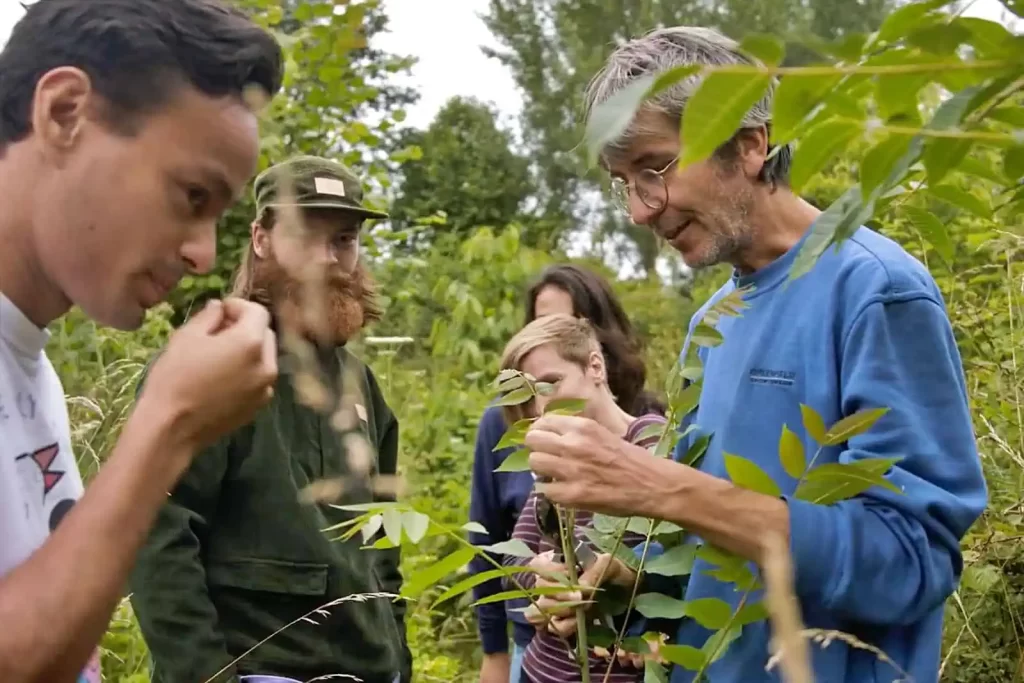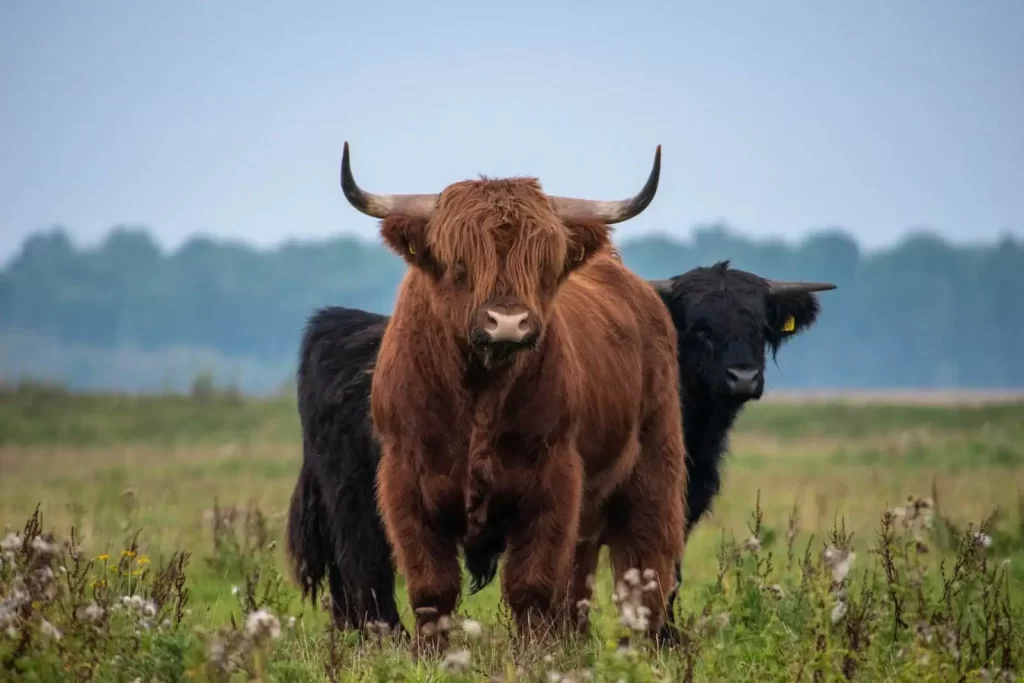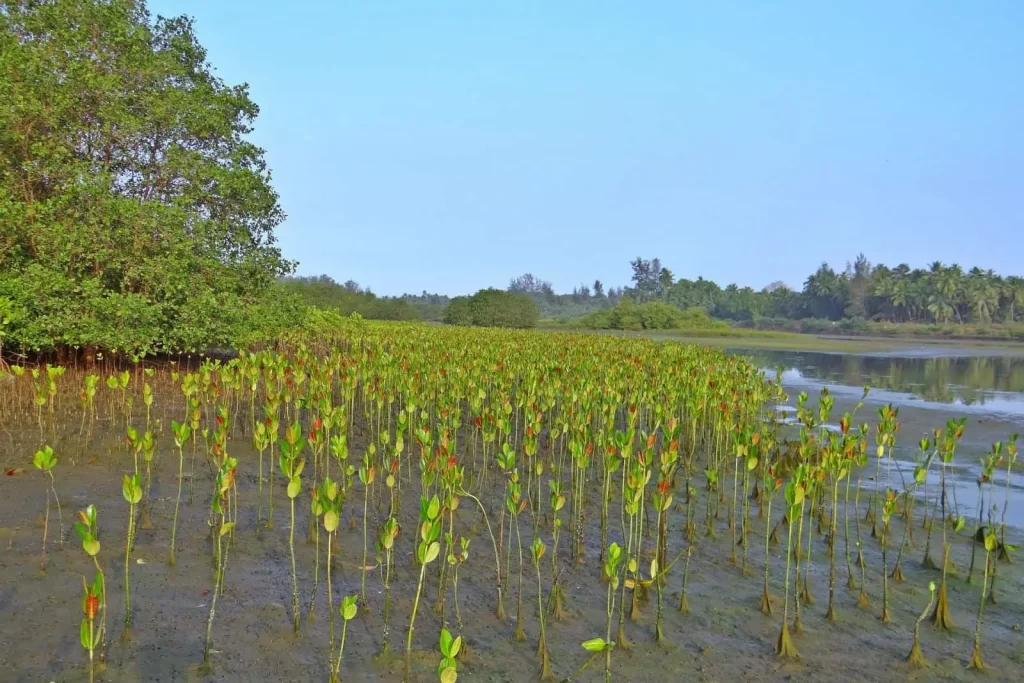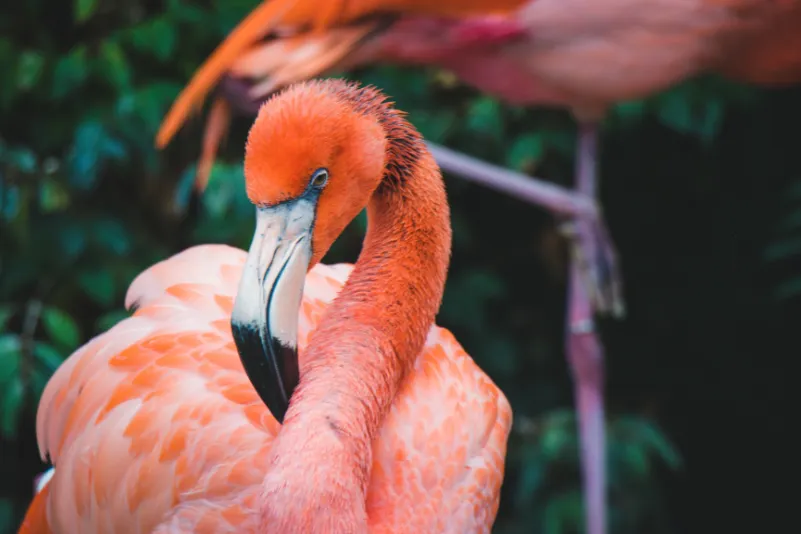
Animal Behaviour in Conservation
About this course
As our world becomes increasingly human-dominated, how can we learn to live alongside wildlife? Wageningen University & Research’s ‘Introduction to Animal Behaviour’ course has produced a follow-up that explores this question. By taking the course, you can gain the knowledge and tools needed to evaluate how humans are affecting different species, and how to design more effective conservation strategies using behavioural principles. Don’t miss out – enroll today.
- Wildlife Management
- Online
4–6 hours per week
Recurring
Open for enrolment
English
Included
Included

